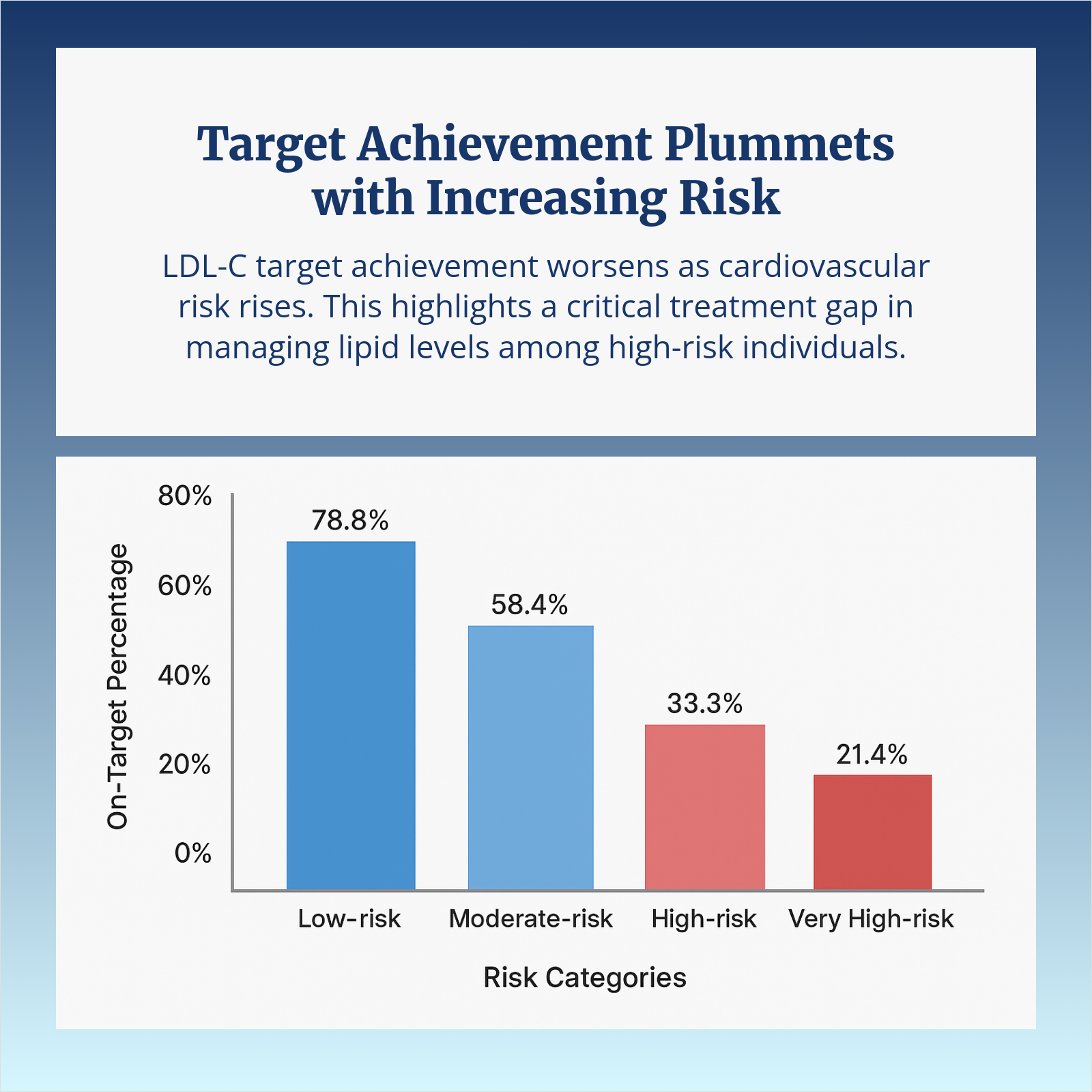At CHEST 2025 in Chicago, pulmonology experts shared new insights in asthma, COPD, interstitial lung disease, pulmonary hypertension, and sleep medicine. Dr. Sandhya Khurana highlighted emerging asthma data—such as imaging-based reductions in mucus plugging and outcomes in severe asthma with nasal polyps—while also discussing the future of nanobody therapeutics. Dr. Cosmo Fowler reviewed GLP-1 RA–linked survival benefits in OSA.
Share your thoughts




